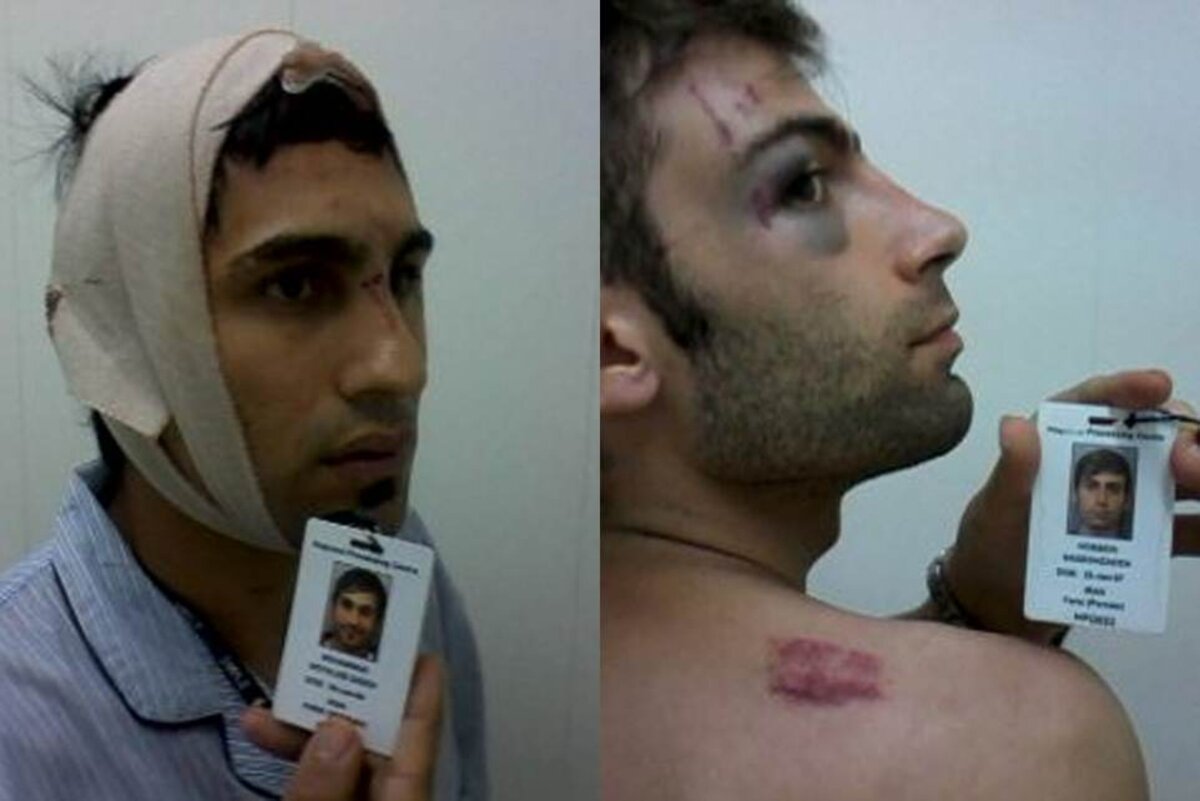
Enlargement : Illustration 1

The violence erupted after a revolt by detainees at the camp on Manus Island in Papua New Guinea (PNG) during the evening of February 16th. The asylum seekers, already exasperated by the desperate conditions inside the camp, had discovered during a meeting with camp officials that they would never receive asylum in Australia but, at the very best, those deemed to be “genuine refugees” (a term used by former Australian prime minister Kevin Rudd) would be allowed to stay in PNG while the others would be deported. Some traded insults with locals standing outside the centre and who began hurling rocks over the perimeter fence. A small group of detainees tried to break out of the camp but were soon arrested. The majority of the 1,300 asylum seekers sought refuge inside the camp’s buildings. Amid the chaos, the detainees were driven into their compounds by the private PNG guards, leaving a number of them beaten. Australian officials said 19 asylum seekers needed medical attention, along with some of the camp's guards. It was during the following evening, on February 17th, that the camp was stormed by locals and militia-like groups, when 23 year-old Iranian asylum seeker Reza Barati died from head wounds inflicted by rocks.
Portfolio
The shocking pictures of the wounded asylum seekers on Manus Island
1 photo
Mediapart has obtained a series of photographs taken inside Australia’s immigration ‘processing’ centre on Manus Island, in Papua New Guinea, in the aftermath of a wild attack upon the detainees by locals, and which left one asylum seeker dead. They show the horrific injuries sustained by the camp's inmates, who were attacked with firearms, rocks, machetes and sticks on the night of February 17th 2014. The pictures were taken inside the camp between February 19th and 25th by three people who have asked to remain unidentified.(See Mediapart's in-depth report on the events and the controversial history of Australia's offshore detention camps here.)



